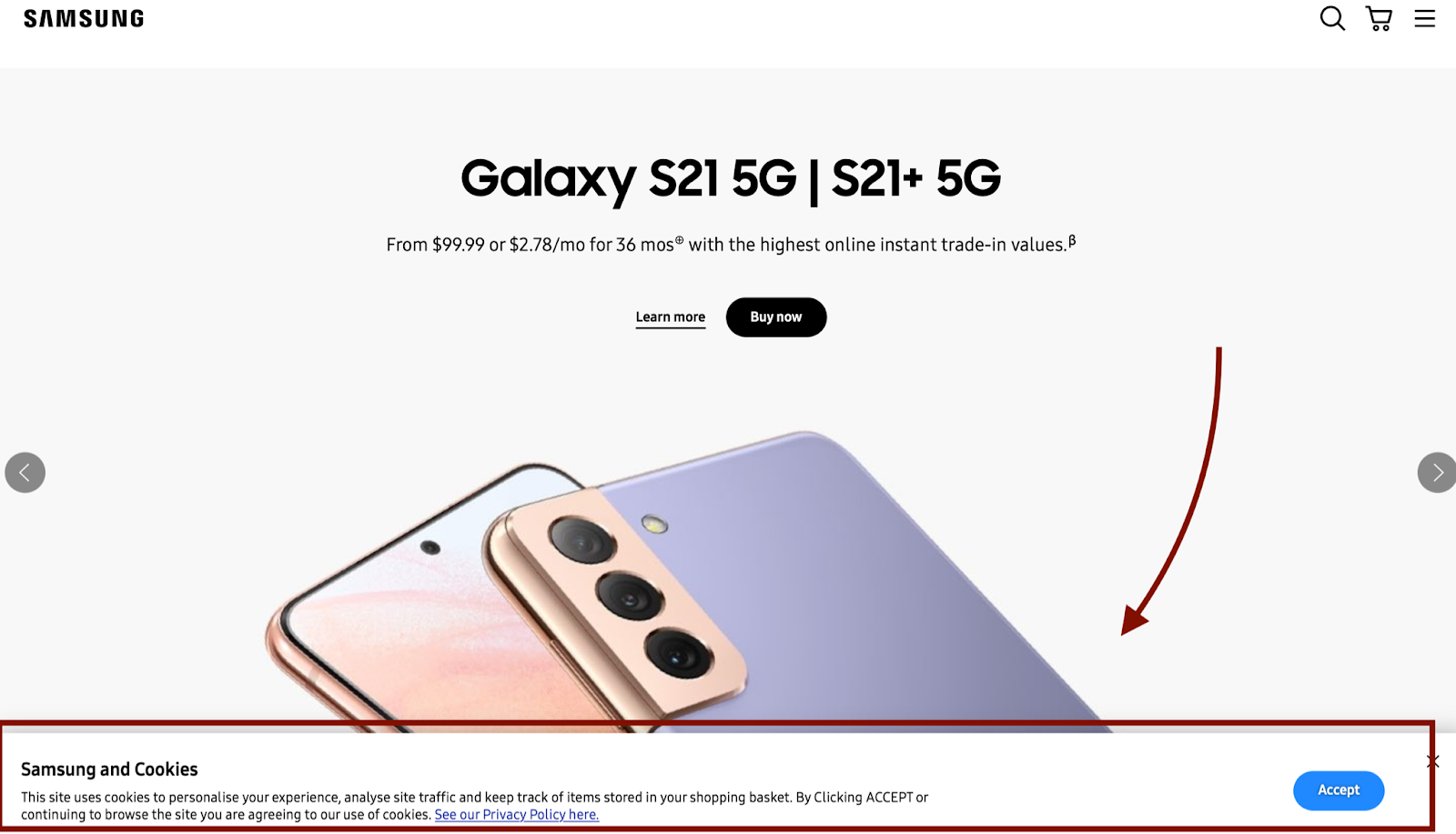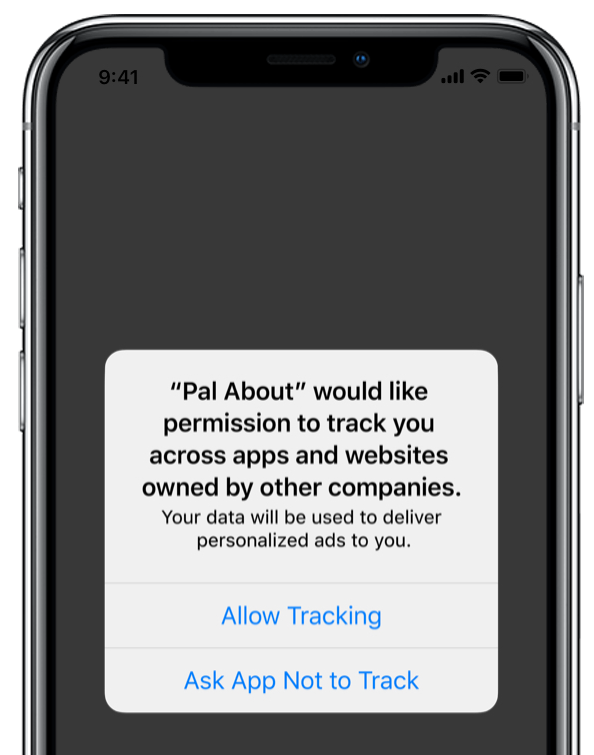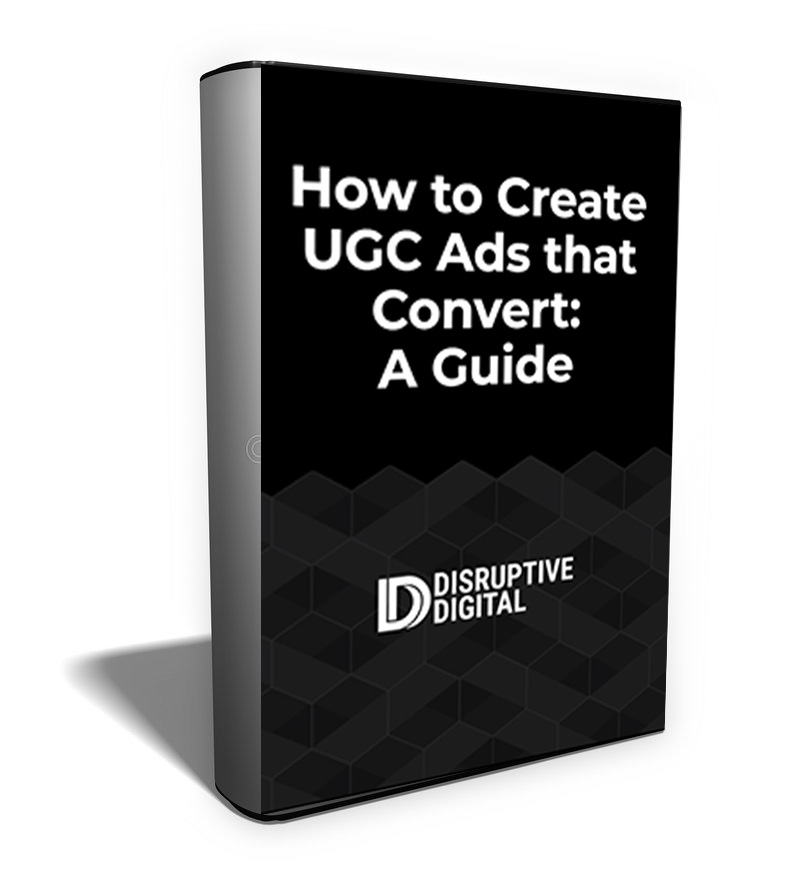There’s been a lot of buzz around Apple’s AppTracking Transparency (ATT) framework recently, and some businesses are asking if it will really impact them.
It’s clear and undeniable that Apple’s ATT framework will impact everyone, including businesses and advertisers of all sizes as it directly impacts all paid social platforms.
If you care about measuring your marketing performance on a website or in-app and you use paid social platforms like Facebook Ads, YouTube Ads, and Promoted Pins, this update will impact how you target, optimize, and measure performance.
Keep in mind that with paid social platforms like Facebook, data is at the center of heightened performance. The platforms use the data they collect to not only assess performance, but to deliver the right ad to the users with the highest likelihood of taking action. The ATT will hinder that ability.
I recently participated in a webinar with Funnel.io and Fixel to discuss these changes. Below is a recap of some of the topics we discussed including the iOS 14 changes and what’s happening with the ATT framework, how it will impact you, and what you can do now to adjust.
What Exactly is Changing
Many are already familiar with the older “opt-in/out” system that’s been around for a hot minute, allowing users to dig into an app’s setting to opt-out of data tracking. In the majority of cases, previously data tracking was conducted automatically and you needed to be proactive about opting out.
Now, there’s a pop-up prompt that’s displayed the first time you load each app post-update that asks if you’d like to opt in. The opt-out is now essentially the default, as apps need to gain permission to track data.
– When users choose to opt-out, the we lose the following:
– The ability to accurately target and measure using user data
– App data through the SKAdNetwork
– We can no longer track where in the funnel clicks came from in terms of ad level; we can only see the campaign that drove them
– The platform’s ability to optimize your ads automatically can be hindered if a large number of users are opting-out, which can impact performance
How Apple’s Latest Update is Different From Other Privacy Updates
Some advertisers weren’t too worried about this update at first. They felt that it was similar to GDPR, which required all sites reaching EU users to ask permission to use cookies.
This update, however, is significantly more substantial in its impact to most advertisers as it’s ultimately less about the opt-in vs out-opt, and more about the prompt that Apple mandates all advertisers institute.
Essentially, GDPR is an opt-in system for cookie tracking, but the advertiser has the ability to fully control what the experience looks like. They can implement their own copy to ensure that they’re educated on what’s happening, influencing them to accept.

Samsung site showing GDPR notice that frames data-tracking in positive light
The iOS 14 prompt does not allow for this. Apple has a prompt with limited information, but the language is technical and sounds more extreme. When you consider the heightened privacy concerns amongst the general population for “data tracking,” this will lead to an increasing percentage opting out instead of in.

Apple’s iOS 14 prompt allowing users to opt in or out of data tracking.
How This Will Impact Advertising
We know that Apple’s ATT framework will impact advertisers directly and in a number of ways. Let’s take a closer look at how we’ll be affected moving forward.
The Impact on Targeted Audiences
When users don’t have data tracking disabled and you have the tracking pixel installed on your site, you can retarget users who took certain actions on your sites. This might be viewing a certain page, or abandoning a cart.
Now, if you’re unable to track those users accurately, you won’t be able to show your ad to all the users who took those specific actions. It’s still possible to run these custom audiences, but you may see lower reach. Without IDFAs, we expect that in-app retargeting will likely no longer exist exactly as it does today, especially as the SKAdNetwork does not support re-engagement conversions and makes attribution is possible if the user does opt-in.
That being said, the ad platform’s first-party data will not be impacted. This means that you can target users with on-platform activity, like people who clicked on your ads, watched a video, or marked themselves as interested in your event.
It is possible that your CRM data will be compliant with the ATT framework; we’re waiting for a verdict on this, however.
The Impact on Reporting
Reporting is going to look different moving forward.
Longer lookback windows will be removed, which will directly impact advertisers and businesses with users who have longer consideration periods.
Now, lookback windows will be tied to day-of conversions compared to day-of impressions for the web. When this happens, data beyond the 1-day click will likely only be partial, though overtime it’s our best guess that publishers will get better at modeling tihs data.
As a result of these changes, ROAS data might become more of an estimated guess instead of an exact measurement. We may see value sets instead of the actual value, for example, for opted-out users. This isn’t ideal, since precise data is wildly beneficial when it comes to running strong ad campaigns.
The Impact on Facebook’s Conversion Optimization Potential
Facebook in particular is an absolute juggernaut of a paid social platform because of its conversion optimization potential.
They look at user data to see who is most likely to take certain actions on ads (whether it’s to watch a full video through to completion or make a purchase), and they’ll show the right user the ad most likely to appeal to them. This helps drive Facebook’s selling power.
Right now, it’s completely unknown how the ATT will impact optimization levers, largely because opt-out rates are still unknown.
This is the biggest concern that we have, as it may decrease the efficacy of the platform overall. We’re confident that Facebook Ads will still be useful in driving sales, but since such a large percentage of users are on mobile (with over 90% using the Facebook mobile app at least some of the time), this may cause a hit in performance.
The Impact on Measuring & Tracking Data
Right now, reporting shouldn’t have a huge impact on Google Analytics and their tracking pixels specifically. The iOS 14.5 update is really only meant to impact web developers, so you’ll still be able to collect data about which campaigns are sending traffic and sales to your site; you just won’t be able to see which ad or ad set was responsible.
When it comes to apps, however, attribution will be impacted if IDFA is not accessible as we discussed above. We’ll have to stay tuned to see how this ends up working out.
The Impact on Web Advertisers vs App Advertisers
Both web and app advertisers will be impacted, but the reality is that app advertisers will face significantly more challenges when the update hits.
Web advertisers only require a user to opt-in to tracking on Facebook, Instagram, and other platforms; app advertisers also need that user to opt-in to being tracked by you, too. That’s a core difference.
We don’t know what the opt-in rates will be right now, so that’s the unknown factor that remains to be seen. According to Bumble, they expect a 10-20% opt-in rate for their own app, which is extremely limited in real-time data that can be used for advertising purposes. It’s better than nothing, but it’s a fraction compared to what many advertisers had before.
App advertisers will also have the following limitations for users who opt-out:
– Last-click only attribution
– No attribution window concept for MAI
– Limitations in how many campaigns can run at any given time
How Marketers & Businesses Can Prepare
Hearing that your favorite ad platform (and potentially one of the biggest drivers of sales and revenue) may potentially take a hit in effectiveness isn’t our favorite thing either.
The good news, however, is that you can take action now to adjust your campaigns so that they can account for these new changes.
We recommend making the following changes:
– Use post-purchase surveys to gut-check models with multiple touch points, as delayed clicks and view-based conversions are less likely to be credited
– Expect lower performance metrics due to stricter lookback windows — we recommend moving clients to stricter reporting and new KPIs immediately if you haven’t already
– Know that there will potentially be partial or limited data for anything beyond a 1-day click, at least for the time being
– ROAS will likely not be accurate, as conversion values aren’t being passed back
– Notify each client now if you haven’t already that they may see a slight upheaval in performance in the coming months; you don’t want them to wait to know after the fact
– If you rely on longer conversion windows to drive sales, consider looking at what your new CPA or ROAS goal should be in shorter windows with stricter attribution
On a positive note, this may help reduce inflated numbers that some less-skilled marketers may glom onto, like retargeting and existing customers where ROAS and CPA look exceptional but where those results may have happened anyways. This can help them find stronger agencies to help them drive more results with cold traffic and first-time customers.
Final Thoughts: Where We Think We’re Headed
As we mentioned in the post, there are some big unknowns about exactly what will happen with some of the finer details of reporting and tracking in lieu of the iOS 14.5 ATT framework. We’ll likely know more in the coming months as everything unfolds.
In the meantime, we are confident that paid social platforms will still be highly effective ways to attract cold and warm audiences. We believe that mixed media will be key to doing so.
As it’s harder to measure direct 1:1 results in the platform, the reality is that advertisers are going to need to rely more on what the platform is saying to focus on a holistic read of performance. Mixed media can help accelerate that, while helping advertisers achieve better performance simultaneously.
As things change, make sure you stay tuned so we can keep you up to date on all the best practices to excel even with the ATT changing the game.
Want help prepping and preparing your campaigns for the ATT? Get in touch with us to learn more about how we can help you.






